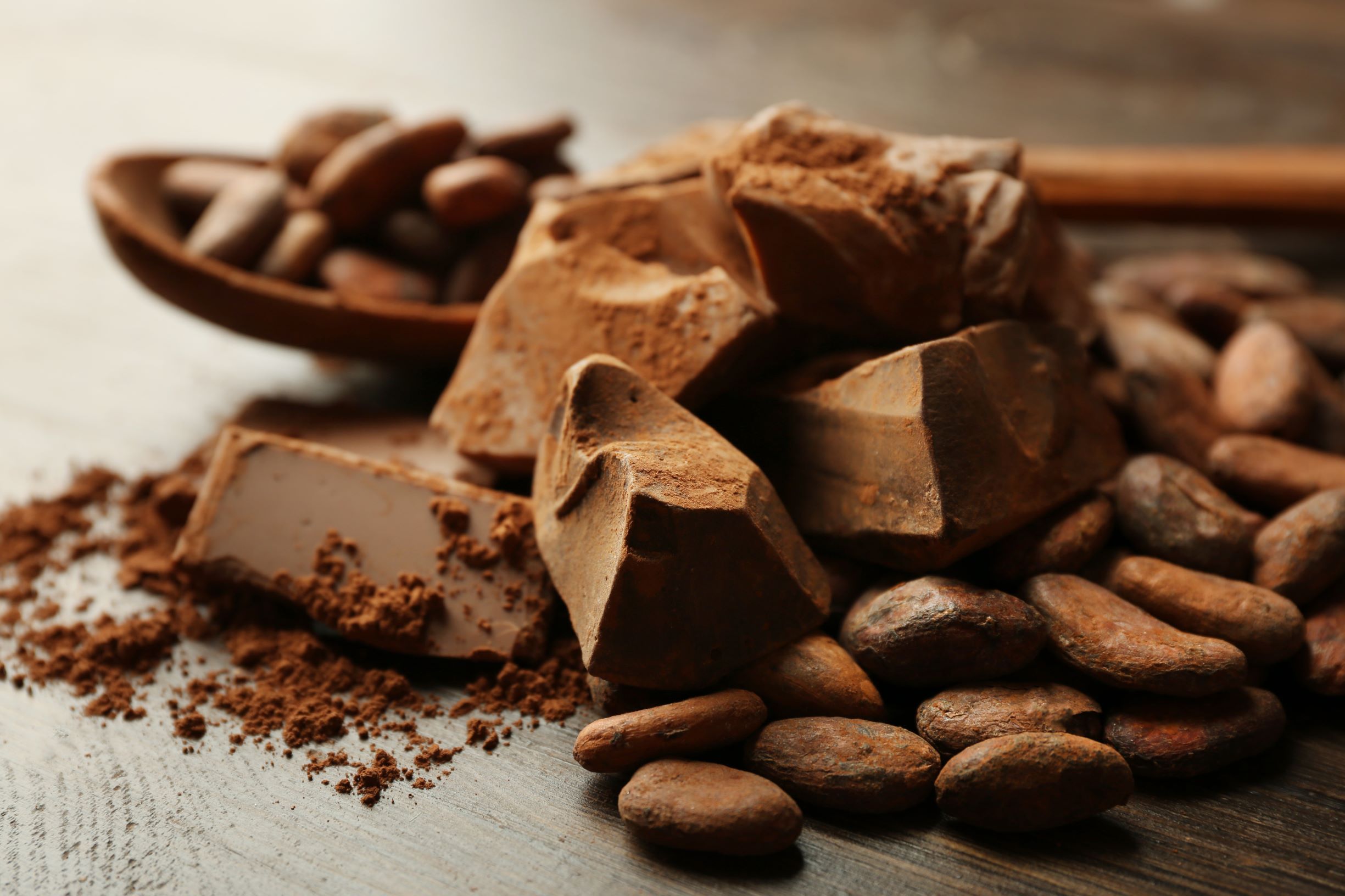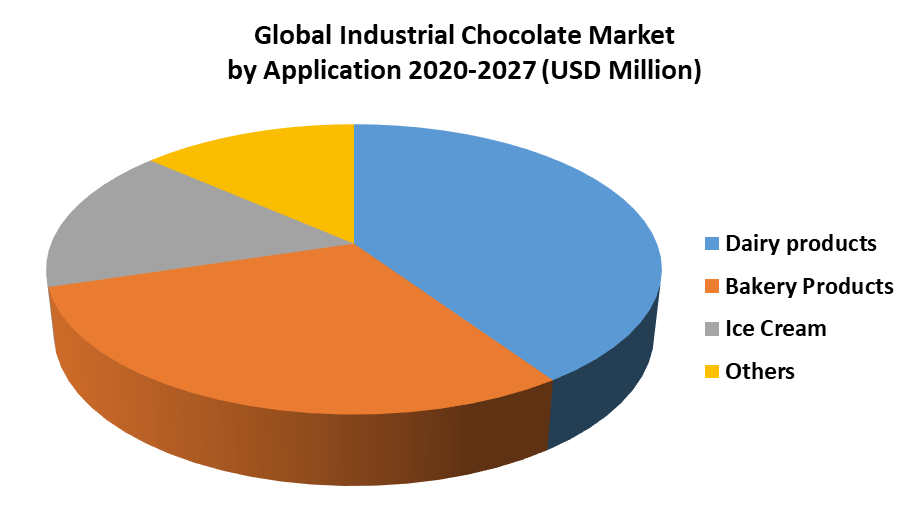Chocolate Market Insights & Trends: A Deep Dive 2024-2034
Is the global chocolate market poised for an unprecedented surge, or will it face the bittersweet challenges of evolving consumer tastes and economic fluctuations? The chocolate industry, a multi-billion dollar enterprise, is currently experiencing a dynamic period of growth and transformation, shaped by shifting consumer preferences, technological advancements, and evolving supply chains.
Colombia, with its ideal conditions for cultivating unique cocoa varieties, has strategically positioned itself as a compelling destination for investment in cocoa, derivatives, and chocolate production within the region. The nation's burgeoning cocoa industry is fuelled by the promise of special cocoa beans, its capacity to play a pivotal role in the region, the significance of the crop for the country, and various investment incentives, all of which have cemented Colombia's status as a Latin American focal point for business and opportunity.
The segmentation of the chocolate market offers a comprehensive view of the diverse categories and opportunities within this sector. A deep understanding of these segmentations can empower entrepreneurs to identify opportunities and formulate effective strategies for chocolate companies that align with consumer demands.
The global chocolate confectionery market, valued at USD 114.33 billion in 2019, is anticipated to reach USD 164.97 billion by 2032, reflecting a Compound Annual Growth Rate (CAGR) of 2.98% during the forecast period, as per our analysis. Major players such as Ferrero International S.A., Mars Incorporated, Mondelz International Inc., Nestl S.A., and The Hershey Company are the major companies operating in the market. The North American chocolate market holds significant influence, driven by consumer preferences, market trends, and competitive factors. North American chocolate companies have been at the forefront of innovation, introducing new flavors, textures, and packaging designs to cater to evolving consumer tastes.
The global chocolate market is expected to reach USD 114.17 billion in 2025 and grow at a CAGR of 4.95% to reach USD 145.33 billion by 2030. The global chocolate market held a size of USD 125 billion in 2024 and is projected to expand to over 3.3% CAGR from 2025 to 2034, owing to increasing disposable income in developing countries. Key data points observed include market segmental split by confections, confectionery variant, sugar content, and distribution channel. North America dominated the chocolate confectionery market with a market share of 17.06% in 2019.
The secondary sector of chocolate production involves the transformation of cocoa beans into chocolate through machinery. The beans are first roasted, a critical step in the process. With notable investments in advertising, Ferrero Rocher is among the top spenders in the chocolate confectionery sector. Campaigns like "Share the Magic" and the revival of the "Ambassadors Reception" commercial demonstrate the brands focus on modernity and connection with younger consumers. Also, the chocolate sector of Nestl can be broken down into three categories: chocolate, sugar confectionery, and biscuits. In 2023, the chocolate sector of Nestl was the largest of these categories.
The Spanish cocoa and chocolate industry is the primary contributor by production value in the sweet sector (27.6%), accounting for more than one in four euros invoiced by the industry. Over the last three years, the category has increased its turnover at an annual rate exceeding 5%. The traditional Swiss company, Lindt & Sprngli, with its roots in Zurich, is one of the largest cocoa and confectionery manufacturers in the premium chocolate sector. Today, Lindt & Sprngli produces chocolates at its 11 factories in Europe and the USA. Premium chocolate companies are increasingly focusing on craftsmanship, quality, and unique flavor profiles to differentiate their offerings in the competitive market. This market is primarily driven by evolving preferences for novel and innovative confectionery products.
| Category | Details |
|---|---|
| Market Size (2019) | USD 114.33 billion |
| Projected Market Size (2032) | USD 164.97 billion |
| CAGR (Forecast Period) | 2.98% |
| Key Players | Ferrero International S.A., Mars Incorporated, Mondelz International Inc., Nestl S.A., The Hershey Company |
| North American Market Share (2019) | 17.06% |
| Global Market Size (2024) | USD 125 billion |
| Projected CAGR (2025-2034) | Over 3.3% |
| Factors Driving Growth | Increasing disposable income in developing countries, growing consumer demand for premium and specialty chocolates, the increasing popularity of dark chocolate due to its health benefits, and the rise in demand for organic and ethically sourced chocolates. |
The "Chocolate Room" in Chandigarh, sector 7, exemplifies the presence of chocolate establishments globally, offering a variety of experiences, as revealed through reviews, menus, and contact details. This underscores the ubiquity of chocolate as a culinary and retail presence, highlighting its diverse consumer touchpoints.
The market is further influenced by the trend towards ethically sourced and organic chocolates, catering to health-conscious consumers, who are becoming increasingly conscious of the origin and impact of their consumption. This ethical dimension is a significant component, as well as the economic aspect, of the ongoing evolution.
The industry's landscape is also shaped by significant marketing initiatives, with brands like Ferrero Rocher investing heavily in advertising. Campaigns like "Share the Magic" and the revival of the "Ambassador's Reception" commercial highlight the brand's focus on modernity and connection with younger consumers. This focus is a critical strategic approach to sustain brand visibility and capture a larger market share.
A research process conducted at the macro and microeconomic levels within the chocolate sector aimed to determine the optimal internationalization route for the chocolate company "El Triunfo." This company, with a vast product portfolio, is contemplating entering new markets and expanding its business to other countries, showing an example of how the chocolate market is still evolving.
The North American chocolate market is a strong and varied sector, influenced by consumer choices, market patterns, and competitive factors. Companies in North America are leading in innovation, presenting new flavors, textures, and packaging designs to meet the preferences of a changing clientele. The increased demand for premium and specialty chocolates, along with the rising popularity of dark chocolate due to its perceived health benefits, is fueling the market expansion. The global chocolate market will continue to evolve.
The segmentation of the chocolate market, as a core element, focuses on different categories and opportunities. A deep understanding of these segmentations can help entrepreneurs to identify opportunities and create strategies that meet specific consumer requirements. Furthermore, in the ever-changing world of business, knowing the segmentation of the market can help the business person to choose an internationalization strategy.


